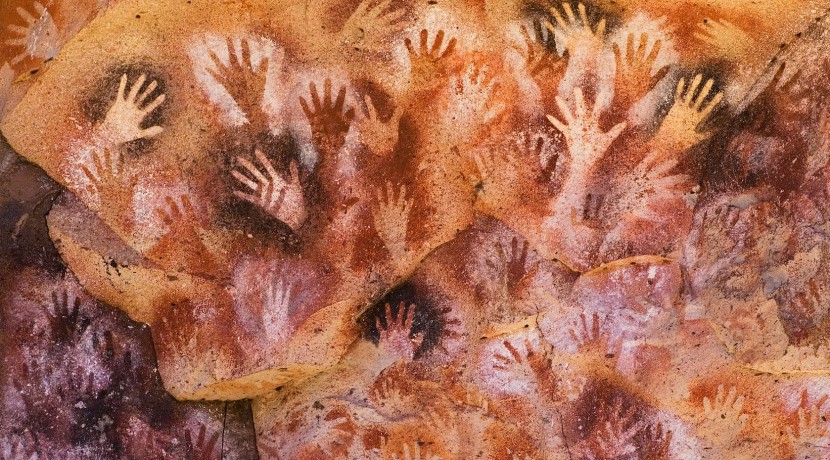The history of the search for the "missing link" in evolution is told through reenactments and interviews with leading scientists.
It has long been considered the most compelling question in our history: Where do human beings come from? Although life has existed for millions of years, only in the past century-and-a-half have we begun to use science to explore the ancestral roots of our own species.
The search for the ultimate answer has taken a number of twists and turns, with careers made and broken along the way. This documentary is the story of the quest to find the origins of the human race - a quest that spanned more than 150 years of obsessive searching The search for the origins of humanity is a story of bones and the tales they tell.
It was in 1856 that the first bones of an extinct human ancestor were encountered, unearthed by a crew of unskilled laborers digging for limestone in Western Europe. The find, which would be known as Neanderthal Man, was seeing the light of day for the first time in more than 40,000 years.
At the time, the concept of a previous human species was virtually unthinkable. Yet just a few years later, Charles Darwin's work The Origin of Species first broached the subject of evolution, and by the end of the nineteenth century, it had become the hottest topic of the age.
Adventurers had embarked on the search for the Missing Link, the single creature that represented the evolutionary leap from apes to humans. This documentary examines the major discoveries that have led us to the understanding we have today, including theories that never gained full acceptance in their time, an elaborate hoax that confused the scientific community for years, and the ultimate understanding of the key elements that separate man from apes.
Scientists from the mid-nineteenth century have searched for the fossil remains of the "missing link" in evolution - the half-man, half-ape that would explain where mankind came from. But over the last century and a half, it has been the idea of what a missing link is that has evolved. The history of this scientific quest - peopled with fanatics, frauds, amateurs, professionals, the lucky, the unlucky, the unfairly neglected and the undeservedly praised - is the subject of this documentary. Reenactments depict scientists making their discoveries and then stretch back hundreds of thousands, even millions, of years to depict the typical lives of our human and human-like ancestors. Interviews with leading scientists fill in the details.
In 2001, scientists announced an amazing discovery: the oldest skull of a human ancestor ever found. The 3½ million year old fossil was remarkably complete, and unlike any previous fossil find. Its discovery - by a team led by Meave Leakey of the famous Leakey fossil-hunting family - has revolutionized our understanding of how humans evolved.
The great mystery of our evolution is how an ape could have evolved into the extraordinary creature that is a human being. There has never been another animal like us on the planet. And yet ten million years ago there was no sign that humans would take over the world. Instead the Earth was dominated by the apes. More than 50 different species of ape roamed the world - ten million years ago Earth really was the planet of the apes. Three million years later, most had vanished. In their place came something clearly related to the apes, but also completely different: human beings!
Brainy or bipedal? For years scientists searched for the first key characteristic which had allowed us to make the huge leap from ape to amazing human. At first they thought the development of our big brains was decisive. They even found the fossil that seemed to prove it, until along came the famous three million year old fossilized skeleton Lucy. This quashed the big brain theory, because here was a human ancestor which clearly walked on two legs, just as we do, but had the tiny brain of an ape. It seemed that the development of walking on two legs (bipedalism) was the first key human characteristic, the thing that set us on the road to becoming human.
Lucy soon became even more important. She seemed to defy the laws of evolution. Normally a major evolutionary adaptation like walking on two legs is followed by what scientists call an adaptive radiation. Many related species quickly evolve from an initial evolutionary innovation. It gives a very bushy evolutionary family tree, with many different but related species. Scientists knew that the human branch of the family tree had begun about six or seven million years ago, when the planet of the apes ended. And yet there was no sign of an adaptive radiation. The family tree showed just a straight line leading from the planet of the apes through to Lucy.







